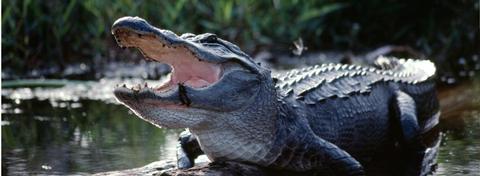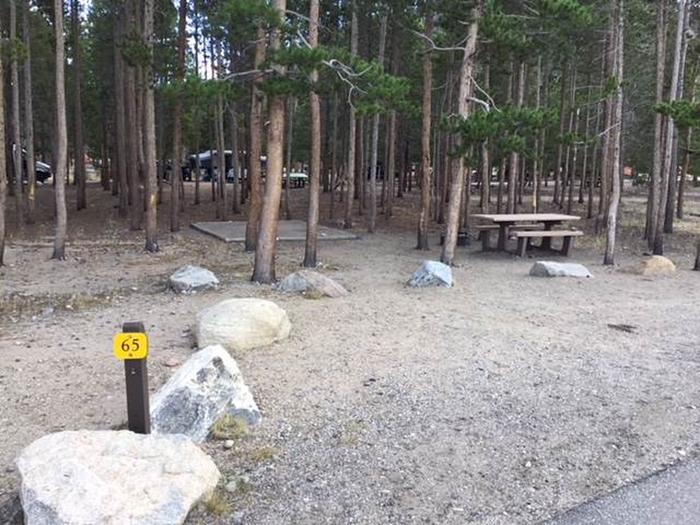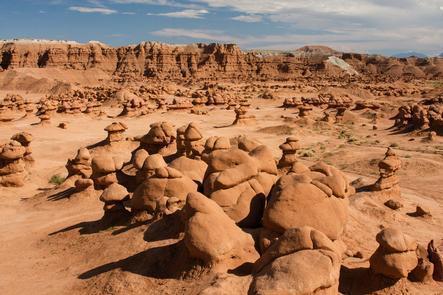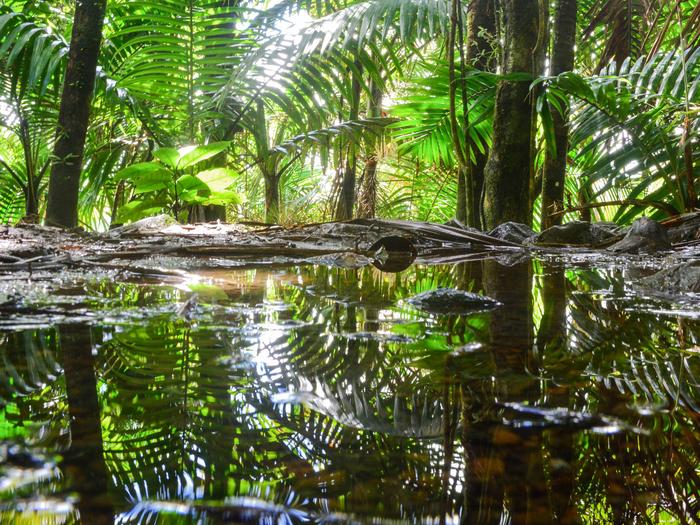Directions
Okefenokee NWR has 3 primary and 2 secondary entrances. The main entrance is located 11 miles southwest of Folkston, GA off Highway 121/23, 912-496-7836. The west entrance is located 17 miles east of Fargo, GA off Highway Spur 177, 912-637-5274. The north entrance is located 8 miles south of Waycross, Ga off Highway 1, 912-283-0583. Secondary entrances are located at Kingfisher Landing, off Highway 1 north of Folkston, and the Suwannee River Sill, accessed from Highway Spur 177 east of Fargo.
Phone
912-496-7836
Activities
AUTO TOURING, BOATING, HISTORIC & CULTURAL SITE, INTERPRETIVE PROGRAMS, FISHING, HIKING, HUNTING, VISITOR CENTER, WILDLIFE VIEWING
Camping Reservations
Reserve your campsite at these camping areas:
Hiking Trails
Looking for nice hiking areas to take a hike? Choose from these scenic hiking trails:
Related Link(s)
Okefenokee National Wildlife Refuge
Okefenokee National Wildlife Refuge Okefenokee NWR, located about 11 miles southwest of Folkston, was established in 1937 to preserve the 438,000 acre Okefenokee Swamp. The refuge encompasses approximately 396,000 acres with 353,000 acres designated as a National Wilderness Area. Swamp habitats include open wet “prairies,” cypress forests, scrub-shrub vegetation, upland islands, and open lakes. Wildlife species include wading birds, ducks, alligators and other reptiles, a variety of amphibians, bobcats, raptors, white-tailed deer, black bears, and songbirds. The swamp has a rich human history including Native American occupation, early settlers, a massive drainage attempt, and intensive timber harvesting. Glimpses of the past are visible at Chesser Island Homestead, Billy’s Island, Floyd’s Island, and Suwannee Canal. The prosperity and survival of the swamp, and the species dependent on it, is directly tied with maintaining the integrity of complex ecological processes, including hydrology and fire.








